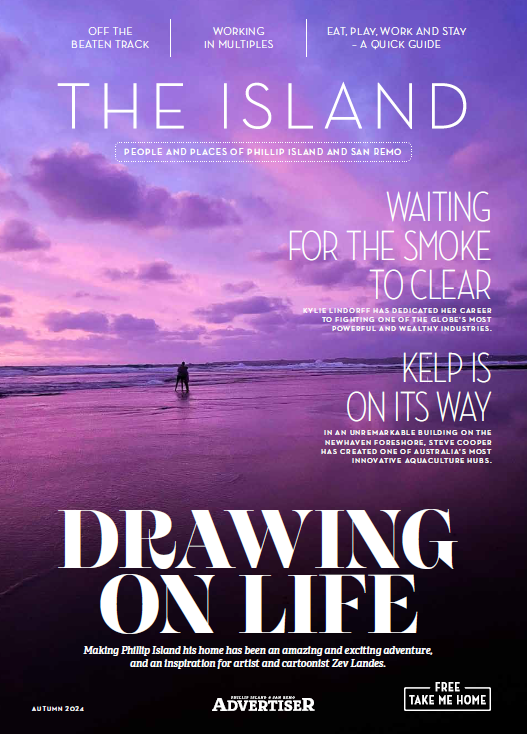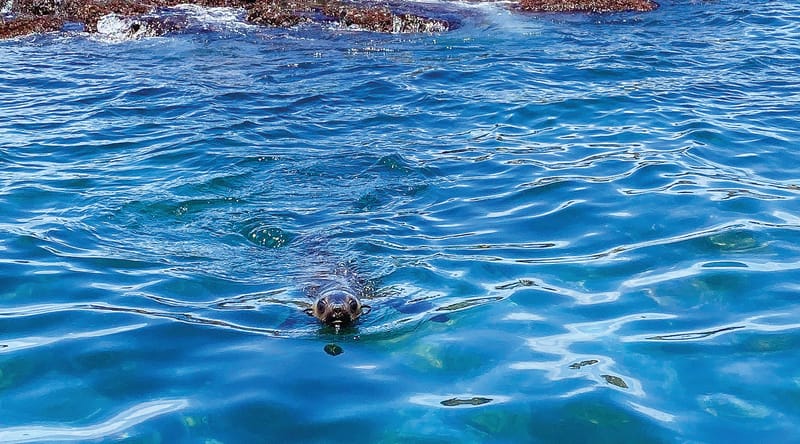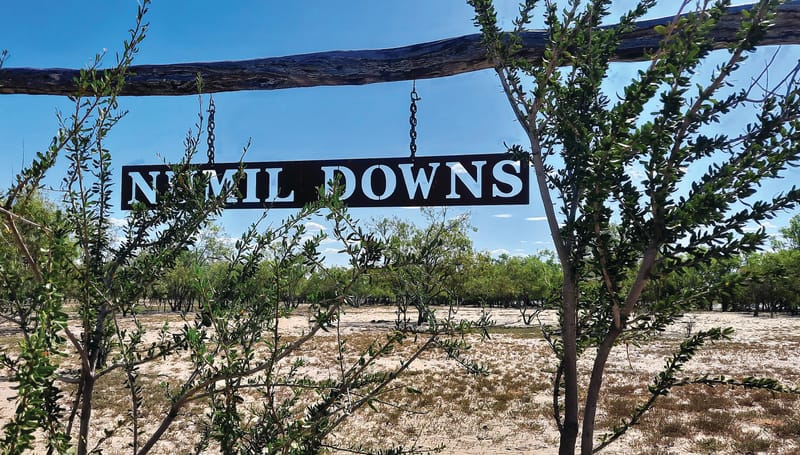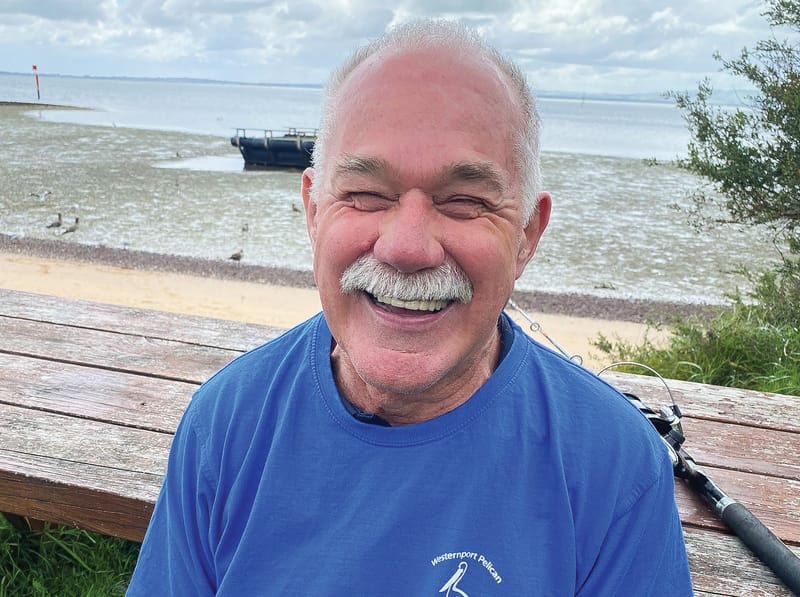Snippets from The Island - Aiming for the superstars
You don’t exactly think lights, action, cameras when your work involves trekking through the dunes, weighing penguins and getting covered in penguin poo, but scientist Paula Wasiak is about to take her passion into the spotlight.
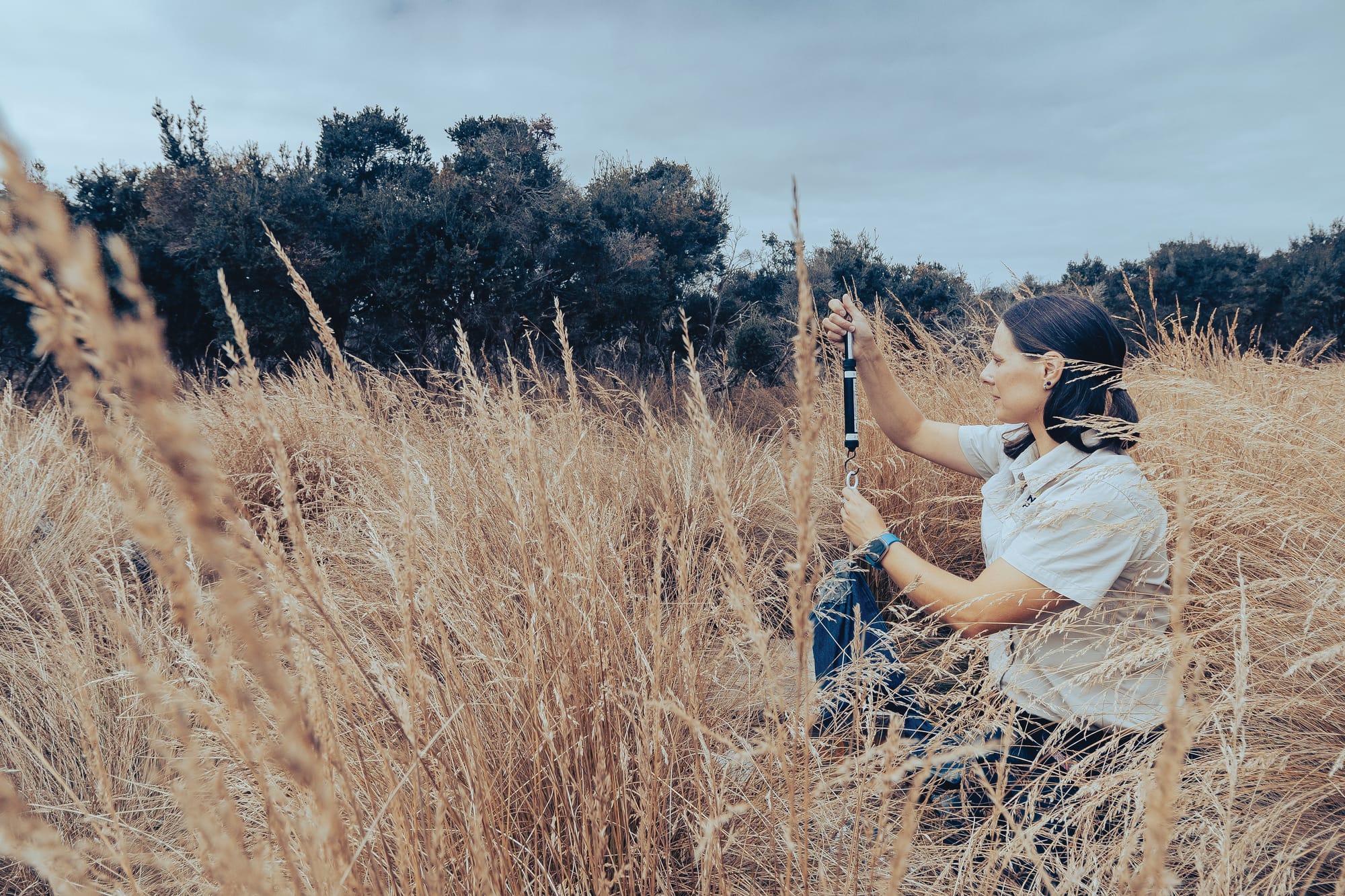
Growing up, Paula doesn’t remember ever seeing a female scientist. In fact, the Senior Research Officer at Phillip Island Nature Parks didn’t even have science on her radar when she was at school. It was her careers advisor that suggested she might want to look at a science degree.
Not quite an accidental scientist – Paula had done well at biology and always had a passion for wildlife – she’s now on a mission to inspire more women and girls to make a career in STEM (Science, Technology, Engineering, Maths) … and she’s about to become a Superstar of STEM.
The Superstars of STEM program supported by the Australian government and run by Science and Technology Australia, is out to smash gender assumptions about who can work in STEM. Created in 2017, it aims to create visible role models for girls and non-binary people to inspire them to take up roles in STEM.
Being visible means stepping into the media spotlight and getting yourself on television or radio, presenting at schools, and using social media avenues to promote the work you do. As the saying goes “You can’t be what you can’t see” … and by being seen, the STEM Superstars will hopefully inspire girls and non-binary kids to take up the challenge.
Each year, 60 people are selected to take part in the Superstars of STEM program, and in 2023, Paula Wasiak joins them, one of 14 Victorian women selected. Fighting life-threatening superbugs, firing x-rays at nanomaterials, restoring seaweed forests, building robots and exploring the universe and beyond are just some of the projects of the Victorian participants.
Alongside this impressive line-up, “investigating the secret life of penguins to protect them and our environment”, is penguin expert Paula. She says she is still processing the fact that she’s been accepted and is in awe of the amazing cohort she’ll be working with. “The course always had a PHD requirement for bio-science. This is the first year they’ve removed the requirement. I didn’t in a million years think I would get through.”
Hardly a slouch in the study department – she has an Honours in Science, with majors in Zoology and Conservation Ecology – Paula said what she lacks in degrees she makes up for in passion and enthusiasm. The impetus to apply for the course – an application process that involved a written pitch, questionnaire, head shots from work in the field and an online interview – came from a current Superstar.
“I did a couple of TV shows with Dr Ann Jones, and after the first one, South Ocean Live, someone currently in the Superstars program contacted me, said they loved how I appeared on screen and that I should definitely go for it,” Paula explained. With support from the Nature Parks, Paula put in her application and is now set to become a Superstar over the two-year course, which involves working with a mentor, attending workshops in different states, making school presentations and generating media appearances.
If becoming a Superstar of STEM is about great communication skills and reaching a broad audience, Paula is already well on the way. Last year, she featured in the ABC TV documentaries Southern Ocean Live and Meet the Penguins. When the documentary crew approached the Nature Parks to be part of the shows, they were looking for staff to take part on screen.
“We had a discussion within our team and I said I would give it a go. The ABC didn’t know what they were getting.” What they got was a talented scientist with a passion for penguins, who looked relaxed and natural on camera, and who quickly formed a warm and genuine connection with presenter Dr Ann Jones.
Paula finds it hard to watch herself on screen, “all I can see is how nervous I was”, but admits that the crew could see that she and Ann got along. Ann and Paula’s friendship has extended beyond the screen and they hope to work together again in the future. “Ann and I have this dream to record a documentary about every species of penguin.”
The pair clocked up 30 hours of filming for the two specials. “Working with Ann, I realised that not a lot of people see the things that I see, and it’s worth sharing. I’m out in the field with penguins all the time and sharing that spurs on more questions. Everyone loves penguins, but really, it’s not just about penguins. If you try protecting the penguins, you then protect everything around them. I love trying to get people to connect with this one charismatic, hilarious species and in the process, conserving everything around them. With the TV stuff I do right now, I do struggle with the stress of it. I want to get better at it.”
This year she’s also been able to hone her radio skills, with regular guest appearances on ABC Melbourne’s evening show with David Astle (they connected initially on Twitter) and ABC Gippsland, where’s she’s called on to share her penguin expertise.
Her twitter account, which has a small but loyal following, is where Paula shares regular insights into a life in the field with penguins. “I like to mix in fun anecdotes with serious science,” she said, which means posts about penguin poo samples and the hazards of field work (#itsmellsworsethanitlooks), sit alongside information about record penguin numbers.
Mostly the self-confessed “nature nerd” sounds like a real human, who loves her job and is passionate about penguins. “They are amazing, tenacious creatures. I like to call them the clown of the animal kingdom, but they are so much more than that. I have a lot of respect for them as a species. I can see the funny side; I’ve been to the parade thousands of times and I still thoroughly enjoy it. They are small, but they’re tough and I love them for it.”
While she never tires of the entertainment of the nightly parade, she said it’s when you take the time and look at the interactions of these small creatures, that it becomes truly fascinating. Much of Paula’s work is in designated study areas, using technology that allows the team to monitor the population without interfering with the penguins’ routines.
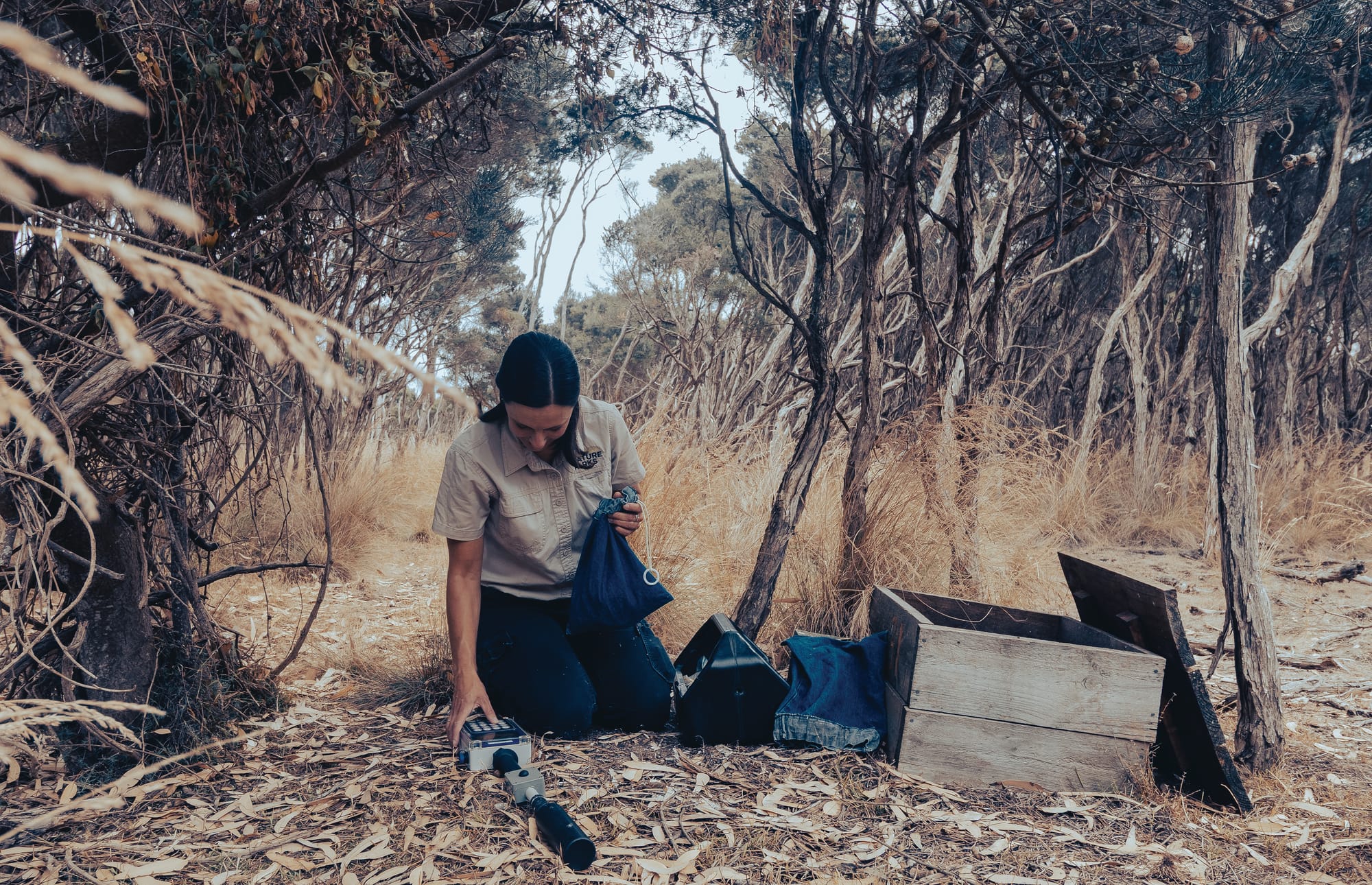
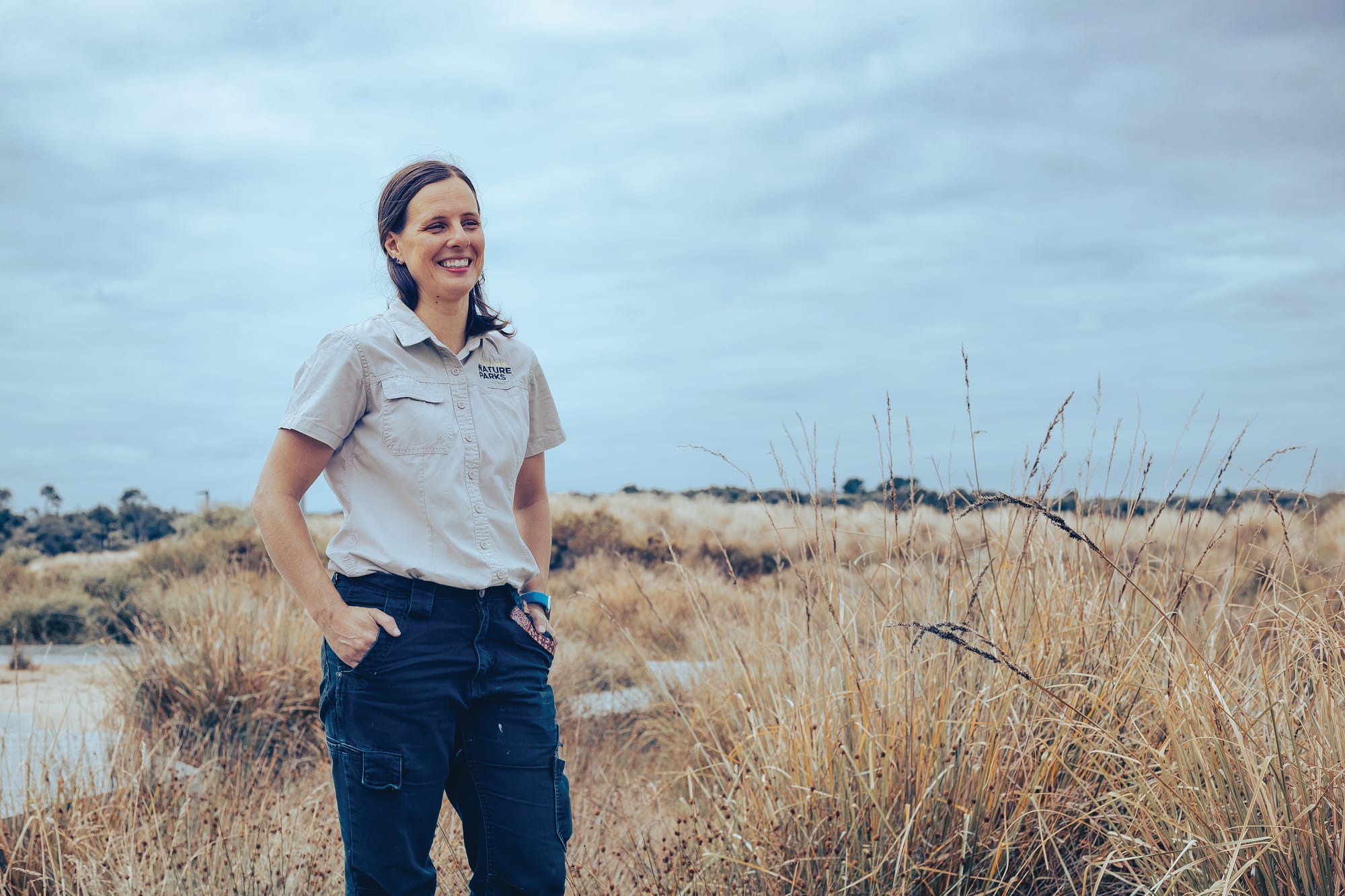
Keeping track of hundreds of penguins means it’s not about having favourites, but Paula said some stand out. “Burrow 3117 in the study site is always super aggressive. We don’t handle the penguins, we scan from the outside, but if you stand too close to his burrow, he will jump out and bite your foot. He’s very territorial.”
As well as monitoring the penguin pairs in set burrows, the study site penguins are microchipped and sometimes Paula and the team also use GPS devices to track them as they head out to sea. This allows the team to monitor how far the penguins go, how deep they’re diving, the number of prey encounters.
Back on land, the monitoring continues. “With the microchips we can identify which pair are in which burrow, but we also have three automated penguin monitoring systems or weigh bridges.” These are placed on major penguin pathways around the peninsula (“penguins are loyal to the pathways that they take each evening”) and when they walk over the platforms, the microchips are scanned and weight is recorded. “It’s completely hands off. You get so much information from there, without even touching a penguin. It’s very important with our research now to get as much information as you can, but as hands off as you can, and employing technology to do that.”
Paula hopes becoming a Superstar of STEM will help her become a better communicator and encourage other women to take up a career in science. “Women are still under-represented in STEM, and girls aren’t considering it as a career path at university,” Paula said. “The retention rate is still quite low. The last report published said one in 10 stay after five years.”
The biggest causes of women leaving the sector are family pressures, the use of short-term contracts and, sadly, a history of harassment and abuse in STEM. “It’s not something I’ve experienced at the Nature Parks, which is why I’m still here, but I hear a lot of stories from other people, particularly in universities. I do have family pressures, so I can understand that, but I have a very flexible work agreement.”
She said already she’s seeing the impact of having a media presence, with a friend’s daughter saying they want to be a scientist after seeing Paula on TV. “I would love to encourage more women and girls into STEM,” she said, but the course is also about a journey of personal development. “I do lack a lot of confidence and I want to be able to communicate effectively and inspire people to take action.”
Right now action is needed on climate change, which Paula sees as the biggest issue the little penguins face. “Penguins spend 80 per cent of their lives out in the ocean. The Southeast Australian waters are warming four times faster than elsewhere. We are one of the top five areas of the world with increasing temperature anomaly. The East Australia current is strengthening – getting warmer and extending further down. Fish species are being found lower down and we are in an area that is rapidly changing.”
She says penguins are the canary in the coalmine. As the warm currents aren’t massively encroaching into Bass Strait, Paula said so far, the penguins aren’t badly impacted. The breeding season seems to be starting earlier and overall, tends to be successful.
However if the warm waters do start to impact Bass Strait, its likely there will be a tipping point. “It’s not too warm for the penguins, but it’s too warm for their food. Fish are ectothermic (cold blooded), they have this very narrow temperature range they live in. if it gets too cold or too warm, they move and find that perfect temperature range. If they move further away from Phillip Island, the penguins will have to travel further for food, come back less often to feed their chicks.
“Then there’s the terrestrial issues. The heat stress event we had a few years ago was the first of its kind. If we have warm temperatures, particularly going into March when most of our penguins are moulting, and are stuck on land, then we’ll have more penguins succumbing to the heat.”
Paula said getting more people involved in STEM is vital, as research is how we can understand what is happening, and then we can use that knowledge to inform people and policies. “If people know more about the penguins, when they realise the depth to them and the importance of them … people want to conserve what they love and understand.
“It’s one thing do all this research, but it’s not finished until you then communicate it down to the most basic level. If you’re not communicating it down to the general public, what are you doing?”
Follow Paula on Twitter @PaulaWasiak and Instagram paula_wasiask
By Eleanor Mckay
Photos: Alia Schonberg



